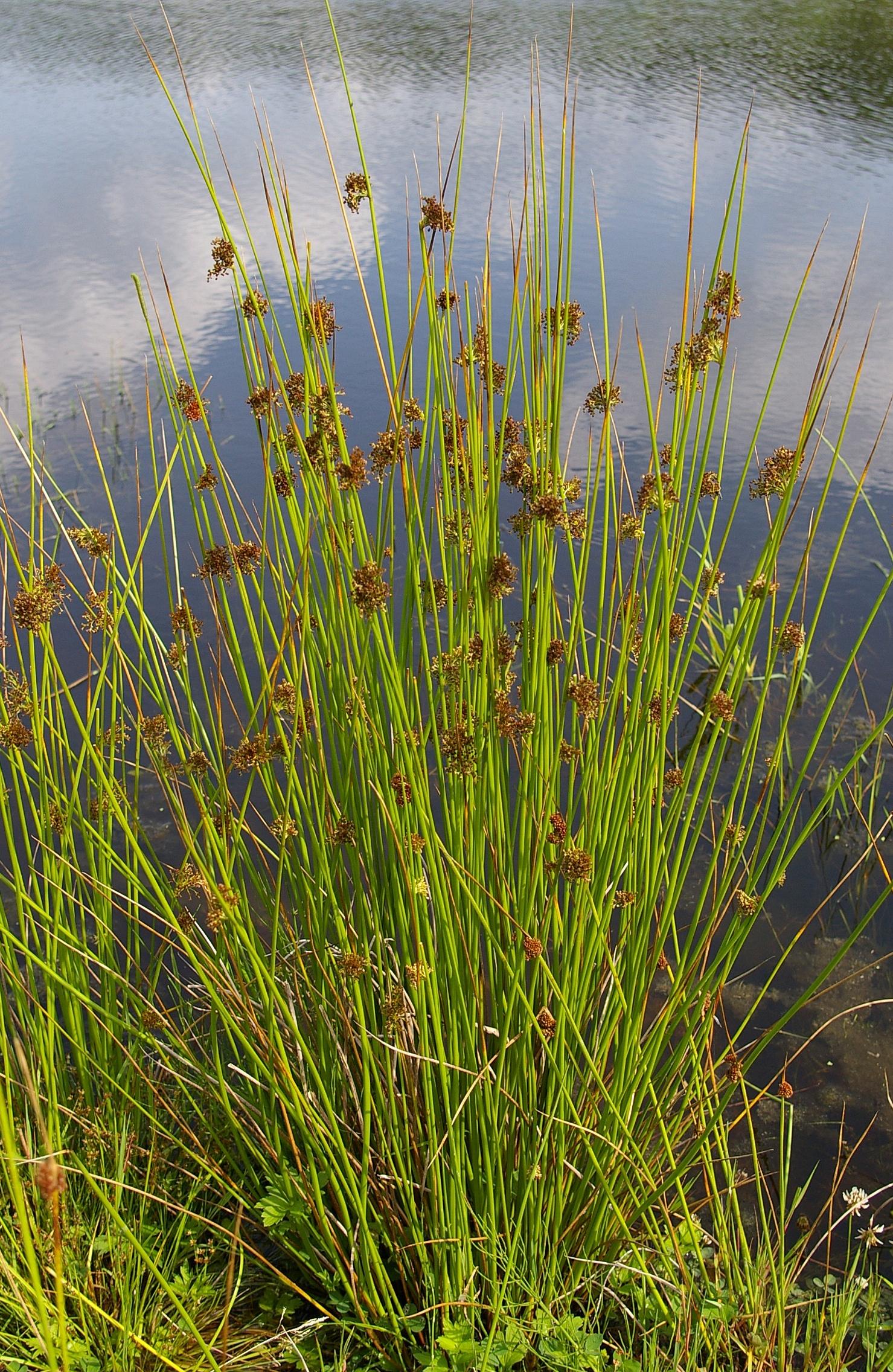Juncales on:
[Wikipedia]
[Google]
[Amazon]
 Juncales is an order of
Juncales is an order of
 Juncales is an order of
Juncales is an order of flowering plant
Flowering plants are plants that bear flowers and fruits, and form the clade Angiospermae (), commonly called angiosperms. The term "angiosperm" is derived from the Greek words ('container, vessel') and ('seed'), and refers to those plants th ...
s. In the Engler system
One of the prime systems of plant taxonomy, the Engler system was devised by Adolf Engler (1844–1930), and is featured in two major taxonomic texts he authored or co-authored. His influence is reflected in the use of the terms "Engler School" an ...
(update, of 1964) and in the Cronquist system
The Cronquist system is a taxonomic classification system of flowering plants. It was developed by Arthur Cronquist in a series of monographs and texts, including ''The Evolution and Classification of Flowering Plants'' (1968; 2nd edition, 1988) a ...
(of 1981, which placed this order in subclass Commelinidae
In plant taxonomy, commelinids (originally commelinoids) (plural, not capitalised) is a clade of flowering plants within the monocots, distinguished by having cell walls containing ferulic acid.
The commelinids are the only clade that the APG IV ...
) it is circumscribed as:
* order Juncales
*: family Juncaceae
Juncaceae is a family of flowering plants, commonly known as the rush family. It consists of 8 genera and about 464 known species of slow-growing, rhizomatous, herbaceous monocotyledonous plants that may superficially resemble grasses and s ...
*: family Thurniaceae
The Thurniaceae are a family of flowering plants composed of two genera with four species. The botanical name has been recognized by most taxonomists.
The APG II system, of 2003, also recognizes such a family, and assigns it to the order Poales ...
However, the Thorne system (1992) A system of plant taxonomy, the Thorne system of plant classification was devised by the American botanist Robert F. Thorne (1920–2015) in 1968, and he continued to issue revisions over many years (1968–2007).
Some versions of the system are ...
accepts it as consisting of :
* order Juncales
*: family Prioniaceae
''Prionium serratum'', the palmiet, is a robust, evergreen, semiaquatic, rhizomatous flowering plant growing to in height. It is the only species in the genus ''Prionium'', and is endemic to South Africa (Cape Province and KwaZulu-Natal). Some ...
*: family Thurniaceae
The Thurniaceae are a family of flowering plants composed of two genera with four species. The botanical name has been recognized by most taxonomists.
The APG II system, of 2003, also recognizes such a family, and assigns it to the order Poales ...
*: family Juncaceae
Juncaceae is a family of flowering plants, commonly known as the rush family. It consists of 8 genera and about 464 known species of slow-growing, rhizomatous, herbaceous monocotyledonous plants that may superficially resemble grasses and s ...
*: family Cyperaceae
The Cyperaceae are a family of graminoid (grass-like), monocotyledonous flowering plants known as sedges. The family is large, with some 5,500 known species described in about 90 genera, the largest being the "true sedges" genus ''Carex'' w ...
The APG II system
The APG II system (Angiosperm Phylogeny Group II system) of plant classification is the second, now obsolete, version of a modern, mostly molecular-based, system of plant taxonomy that was published in April 2003 by the Angiosperm Phylogeny Gro ...
, used here, assigns the plants involved to the order Poales
The Poales are a large order of flowering plants in the monocotyledons, and includes families of plants such as the grasses, bromeliads, and sedges. Sixteen plant families are currently recognized by botanists to be part of Poales.
Descriptio ...
.
{{Taxonbar, from=Q2237321
Historically recognized angiosperm orders